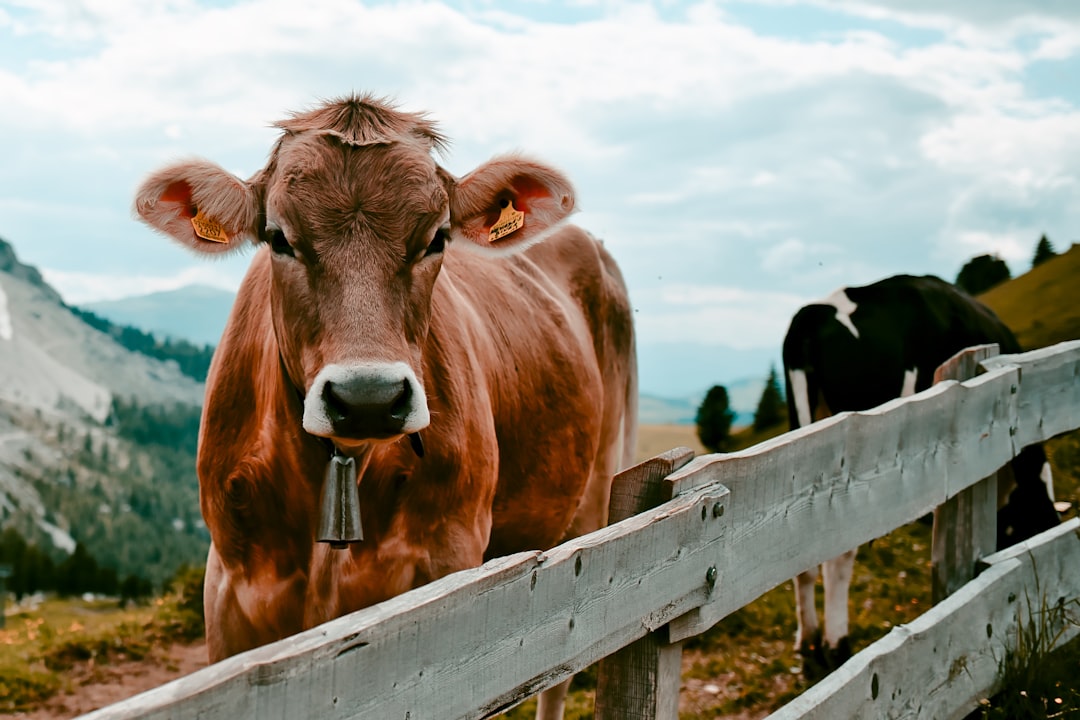Cattle, sheep, and goats are vital components of agricultural economies worldwide, contributing significantly to food security, income generation, and rural livelihoods. This post explores the economic importance of these livestock species in different regions, highlighting their roles in various production systems and their impact on local economies.
Economic Importance of Livestock
-
Cattle:
-
Global Impact: Cattle are a major source of meat and dairy products globally, with significant economic value in both developed and developing countries.
-
Regional Variations: In regions like the Americas and Europe, cattle are primarily raised for beef and dairy, while in parts of Asia and Africa, they are used for both meat and draft purposes.
-
-
Sheep:
-
Global Production: Sheep are important for wool, milk, and meat production. They are particularly significant in regions with arid or semi-arid climates where their hardiness is advantageous.
-
Regional Focus: In countries like Australia and New Zealand, sheep are a cornerstone of the agricultural sector, with a strong focus on wool and lamb production.
-
-
Goats:
-
Global Role: Goats are versatile, providing meat, milk, and fiber. They are especially valuable in developing countries due to their ability to thrive in challenging environments.
-
Regional Significance: In regions like South Asia and Africa, goats are crucial for rural livelihoods, offering a stable source of income and nutrition.
-
Economic Contributions by Region
-
Developing Countries:
-
Sheep and Goats: These small ruminants are integral to agricultural systems in developing regions, contributing significantly to food security and income generation. In 1981, developing countries produced 45% of the world's sheep meat and 93% of goat meat.
-
Cattle: While less dominant in some developing regions, cattle remain important for beef and dairy production, particularly in countries with larger agricultural sectors.
-
-
Developed Countries:
-
Cattle: In developed regions, cattle are primarily raised for high-quality beef and dairy products, with significant economic value in countries like the U.S. and Australia.
-
Sheep and Goats: While less prominent than cattle, sheep and goats still contribute to niche markets, such as specialty wool and dairy products.
-
Economic Challenges and Opportunities
-
Market Dynamics: The price ratio of cattle to sheep and goats can influence production decisions. In some regions, sheep and goat meat is more expensive due to cultural preferences.
-
Technological Advancements: Improving production efficiency through technology can enhance profitability and competitiveness in global markets.
-
Environmental Considerations: Balancing livestock production with environmental sustainability is increasingly important, as consumers and governments focus on sustainable agriculture practices.
Conclusion
Cattle, sheep, and goats play critical roles in the economies of various regions worldwide, contributing to food security, employment, and income generation. Understanding their economic importance and addressing challenges such as market dynamics and environmental sustainability will be essential for maintaining their viability in the future. As global food systems continue to evolve, these livestock species will remain vital components of agricultural economies.
Citations:
- https://www.fao.org/4/ah221e/AH221E13.htm
- https://mel.cgiar.org/reporting/download/hash/YhUCt2cj
- https://documents1.worldbank.org/curated/ar/156211468764420473/pdf/multi-page.pdf
- http://40.65.112.141/AIGR/handbook/Chapter%201_%20EconSignificance%20of%20Sheep%20and%20Goats.pdf
- https://openknowledge.fao.org/server/api/core/bitstreams/3620ee11-79f9-4e51-b5d8-1bcb82d0d4c9/content
- https://one.oecd.org/document/TAD/CA/APM/WP(2020)18/FINAL/en/pdf
- https://pmc.ncbi.nlm.nih.gov/articles/PMC10546065/
- https://ourworldindata.org/meat-production

Comments
No comments yet. Be the first to comment!
You must be logged in to comment. Login